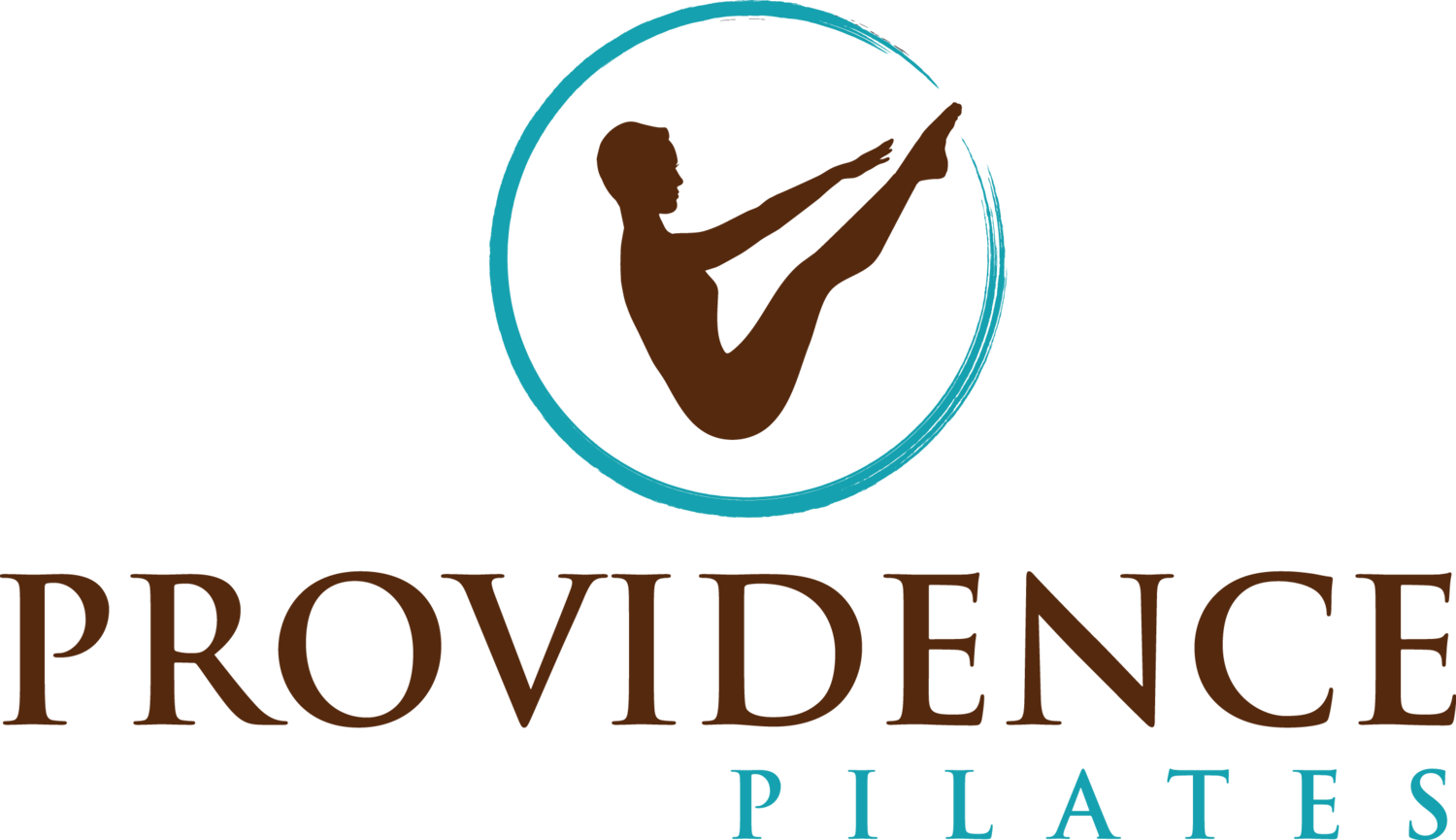The Four S’s of Pilates
Strength, Stamina, Stability and Stretch
written by Cheryl Turnquist
Pilates is a functional form of fitness that aims to enhance mobility by integrating and working the four S's: Strength, Stamina, Stretch and Stability. Inadvertently, every Pilates exercise incorporates these working points. We as instructors format our classes to incorporate these principles depending on the body in front of us. Take for instance a private session; we set up the routine in a Part A, Part B, Part C and Part D format. Example, Part A is your mat work followed by reformer work for Part B, Part C is where we would decide what S or which S's we would like to focus on and with what apparatus, and Part D will be our ending series. Let's dive in a little deeper into the classical Pilates principles of the Four S's.
The concept Strength has different meanings depending on the body, whether it is specific to core, upper or lower body. It could also be specific to one side of the body versus the other (i.e right arm versus the left). Some exercises we use for strength include: the Series of 5 on the mat, Arm Springs, Leg Springs, Going Up Front and Pumping on the Chair, and Baby Chair Arm work. The resistance of the springs builds up long lean muscle over time in a lower impact format versus weight lifting.
Stamina refers to the ability to carry out that strength or breath work for a longer period of time. Initially, you learn the series of 5 broken up into its five different exercises, taking a small break in between each. As you continue to practice, eventually your core strength will be able to support you in carrying out the series of 5 without stopping. Using the jump board on the reformer is a great example of stamina where you continue to carry out the exercise for a prolonged period of time.
Stability refers to how we can maintain a stable center, our powerhouse including the pelvis, as we move our bodies. As we move our limbs further away from this centered, stable source, it becomes harder to maintain. Pumping on the High Chair is a great example of an exercise that works pelvic stability with movement of legs. And the Hundred is a great mat exercise where we need a stable center (including the head) while the legs are long and the arms are moving.
And lastly, Stretch. These days it feels like a lost component in our exercise routines. It used to be that the last 10 minutes of fitness sessions incorporated stretching. Now we leave it off because 'we don't have the time’. So many Pilates exercises involve the stretch component. We see this as a two way stretch component; as we work from a stable center (our powerhouse), we perform exercises that move our limbs away from the center of our body to create length.
Ballet Stretches on the Ladder Barrel, the Push Through Bar on the Cadillac and all of the mat helps us find those stretches that make us feel amazing while enhancing our range of motion during exercise.
As Power Pilates instructors, here are some examples of how we integrate these four concepts while teaching. If you are a runner, whether it be two miles on the treadmill or a marathon, it's probably true that you are loaded with strength in your lower body but lack flexibility in your hamstrings, calves and thighs. Without overall body training, you could also benefit from upper body strength and while you may stretch, it may not be with the total body focus that Pilates can give you. We would then focus on exercises that can help with these specific personal needs. The Part C choices may be ballet stretches on the ladder barrel to open the hips and stretch the lower body and/or arm springs either laying down or standing to promote upper body stability and strength.
Or maybe you are someone who has a knee or hip replacement (or both). This can lead to imbalances in the pelvis and a decrease in stamina, especially while in the recovery process. Using leg springs on the Cadillac would hep develop balance/ symmetry in the strength of the legs while simultaneously working stamina with multiple reps and a longer period of working the leg muscles. When stronger, working the side leg series with the leg springs will engage the pelvis, promoting better stability and improving balance.
Next time you take a private session, ask your instructor what they think is the biggest S you need to work on. Remember, all of us need all 4 to create a balanced and effective mode of life. Find your why and what your goals are, and get working!
Interested in booking a session? Register at
